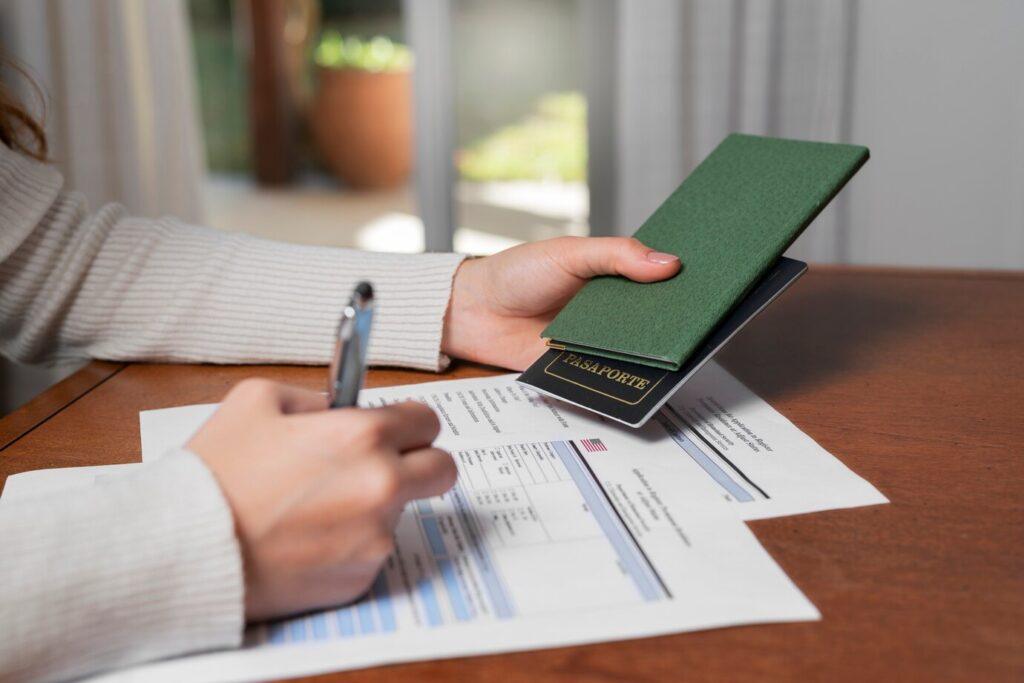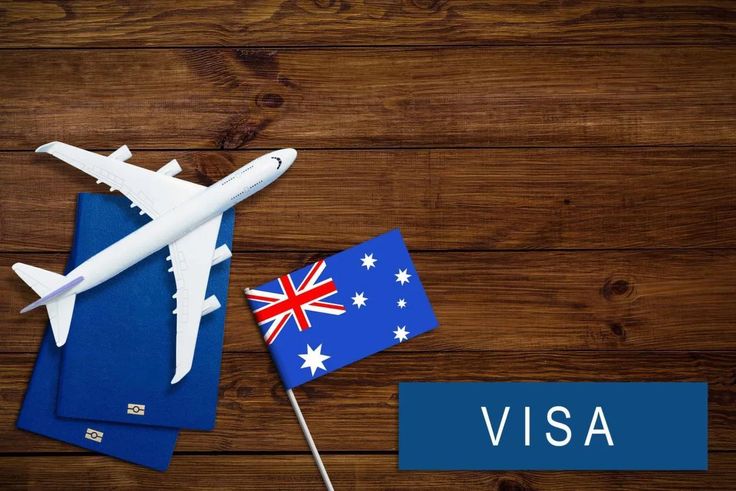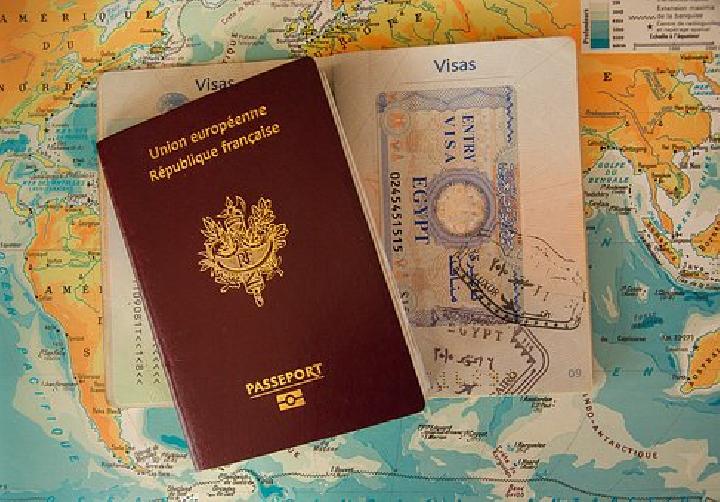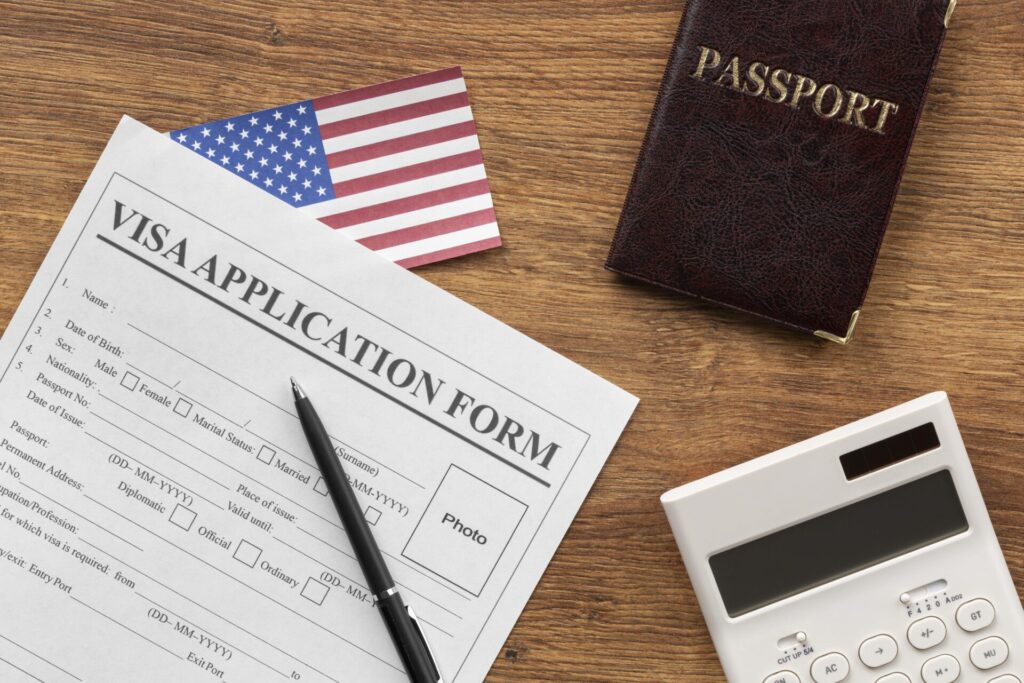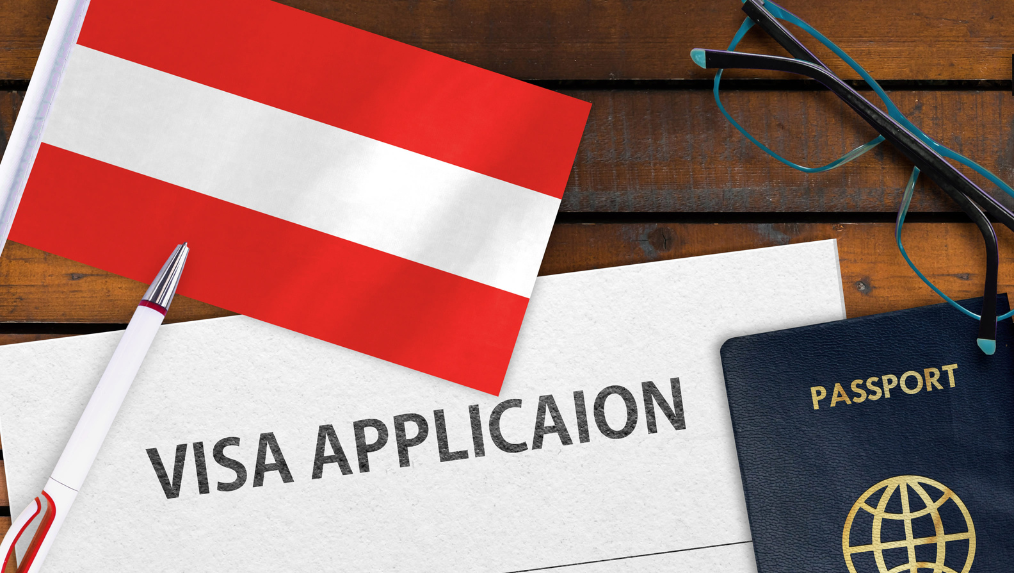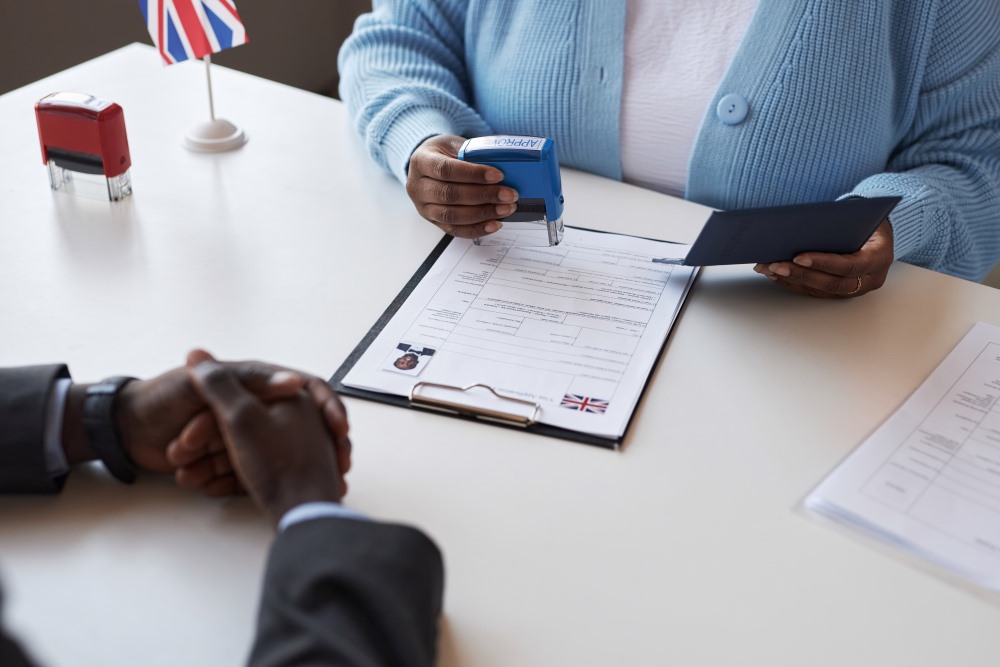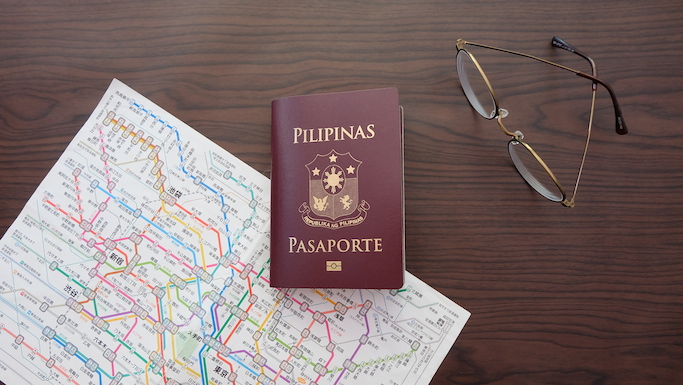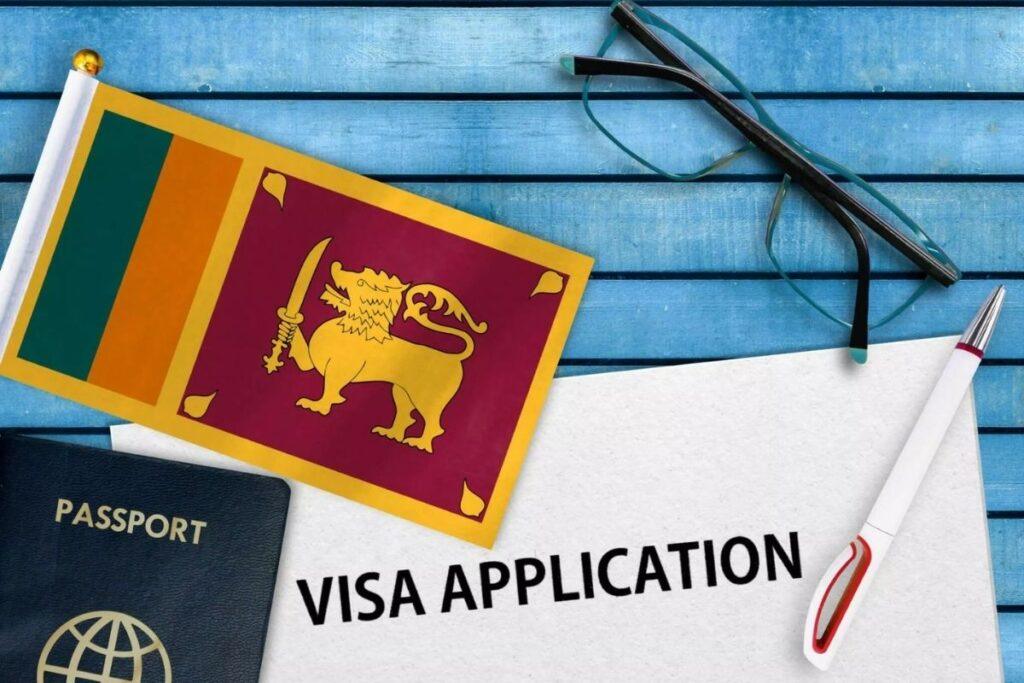Which countries can travel to Croatia without visa?
Many travelers are eager to explore the beautiful landscapes and rich culture of Croatia. A common question that arises is which countries can travel to Croatia without visa. Understanding Croatia’s visa policy is essential for planning a seamless trip. In this article, we will delve into Croatia’s visa regulations and provide a list of countries that enjoy visa-free access. Understanding Croatia’s Visa Policy Croatia has a straightforward visa policy that varies depending on the traveler’s nationality. As a member of the Schengen Area since 2023, Croatia follows the Schengen rules regarding visa requirements. Citizens from certain countries can travel to Croatia without visa for short stays, typically for tourism or business purposes. Travelers from countries can travel to Croatia without a visa should be aware that while some nationalities enjoy visa-free access, others may require a visa prior to their arrival. It’s essential to check the specific entry requirements based on your nationality before planning your visit. By familiarizing yourself with the regulations, you can avoid potential hassles upon arrival. List of countries can travel to Croatia without visa Several countries have been granted visa-free access to Croatia, allowing their citizens to visit without the need for a visa. Here is a comprehensive list of countries that can travel to Croatia without visa: European Union (EU) Member States: All EU citizens can enter Croatia without a visa and stay for up to 90 days within a 180-day period. Schengen Zone Countries: Citizens of Schengen Zone countries can also travel to Croatia without a visa for short stays. Other Eligible Countries: Citizens from countries such as the United States, Canada, Australia, New Zealand, Japan, South Korea, and several others can enter Croatia without a visa for tourism or business purposes, typically for stays of up to 90 days. This visa-free access promotes tourism and facilitates travel for a wide range of visitors, making Croatia an attractive destination for global travelers. Read more about: Which countries need a visa for Indonesia? Duration of Stay for Visa-Free Travelers For travelers from countries can travel to Croatia without visa, the duration of stay typically varies. Most visitors are allowed to stay for up to 90 days within a 180-day period. This rule applies to citizens from EU member states, Schengen zone countries, and other eligible nations like the USA, Canada, and Australia, as countries can travel to Croatia without visa under certain agreements. It’s crucial for those from countries that can travel to Croatia without visa to be aware of this time limit to avoid overstaying, which can lead to fines or complications with future travel. While the 90-day rule is standard for many, specific countries may have arrangements that permit different durations. Therefore, it is vital to verify the entry conditions based on your nationality to ensure a smooth travel experience. Knowing how long you can stay allows you to plan your itinerary effectively and make the most of your time exploring Croatia’s beautiful landscapes and vibrant cities. Special Considerations for Visa-Free Travelers Even though travelers from certain countries can travel to Croatia without visa, there are several special considerations to keep in mind. First, documentation requirements are critical. Visa-free travelers must present a valid passport with at least six months’ validity beyond their planned departure date from Croatia. In addition, proof of onward travel, such as a return ticket, may be requested upon entry. Having these documents ready can expedite the entry process and help avoid any potential issues at the border for travelers from countries can travel to Croatia without visa. Second, while travel health insurance is not always mandatory, it is highly recommended. Health insurance ensures that you are covered in case of medical emergencies during your stay, providing peace of mind as you enjoy your travels. Moreover, it is important to stay informed about potential changes in visa policy. Regulations can shift due to political or health-related circumstances, especially in a dynamic global environment. Regularly checking the official Croatian government or embassy websites will help you stay updated on any new requirements or restrictions that may apply to your travel plans, especially if you’re from one of the countries can travel to Croatia without visa. Lastly, entry restrictions may be in place depending on current global health conditions. You might be required to show proof of vaccination or undergo specific health checks. Familiarizing yourself with these guidelines before your trip is essential to ensure compliance and a hassle-free experience upon arrival. Get Your e-Visa Now – Fast and Secure Processing with Fluxir


